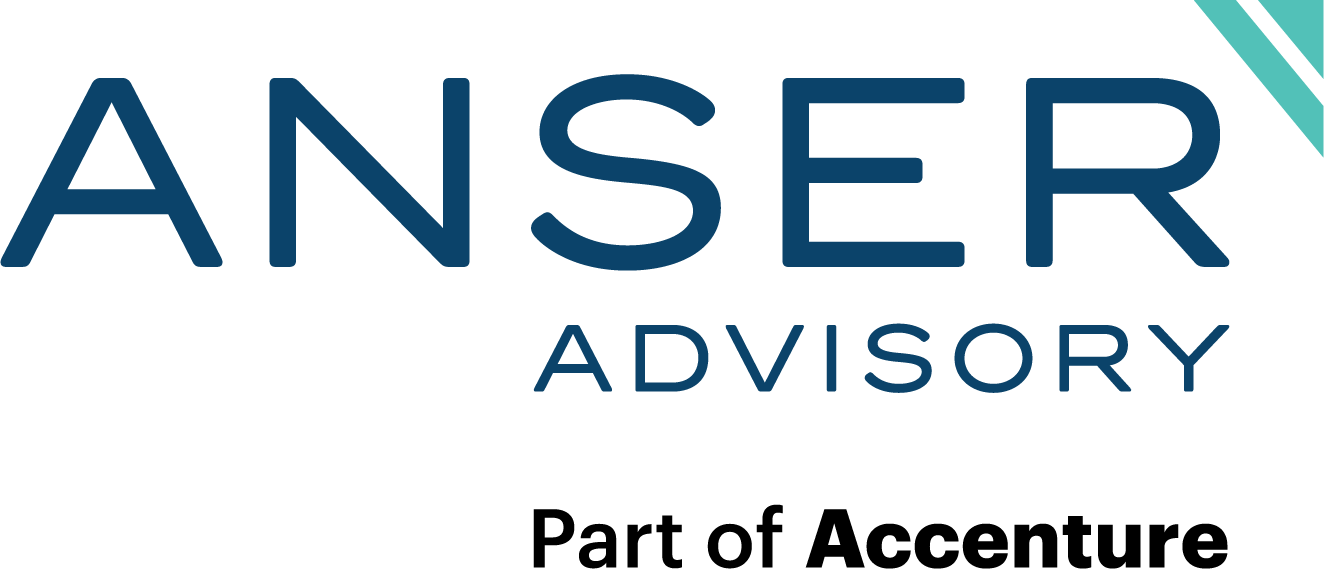Budgets/Cost Management
There is nothing more important in achieving the program’s objective than a comprehensive project budget. The success of a project hinges on getting the alignment of budget goals, scope, schedule, and quality right at the beginning of the project and maintaining this alignment throughout the project life cycle. As we covered in Part IV of our series, the approach to aligning budget, scope, schedule, and quality is iterative. In this Part V, we will focus on best practices for budget as part of that iterative process.
The availability of financing, or “funding sources” often determines which projects get started first. The first step to securing funding is accurate cost estimates of funding used to establish the required budget and becomes the benchmark against which project expenditures are measured.
At the budget development stage, owners have the highest ability to influence the outcomes with the best value if they develop a comprehensive budget during planning that addresses the complete scope, schedule, risks, and delivery. Budgets should align with the scope checklist and include both the “hard” and “soft” costs required to complete the project based on the comprehensive project plan. These terms are meant to distinguish between different types of costs with regard to their relationship to the overall project budget.
Hard costs in construction are the costs directly related to construction including labor, material, and equipment costs. These are the “bricks and sticks” of the project. Soft costs are the costs not directly related to the physical construction, but still necessary to the project development. These costs include site investigation, design, cost of financing, and administrative expenses.
In addition to hard and soft costs, a comprehensive budget needs to address how the project will be delivered, as well as accounting for risks, both inherent (Planned Risks) and contingent (Un-Planned Risks). Contingencies and escalation need to be evaluated and included in the project budget based on the project plan that includes the timeline for the project.
Accounting for Escalation
Even a casual glance at the price of lumber or conduit while walking through the big-box home improvement store tells the story that the price of critical building materials is up. Supply chain issues and the “V-shaped” recovery from the pandemic shutdown magnify the important need to identify escalation construction costs when developing your comprehensive project budget. Typically, general inflation must be built into the pricing using historical data combined with forward-looking trends. When events like the current pandemic, worker shortages, or extreme weather are added into the mix, sharp changes in pricing can occur and have significant impacts on the project costs.
Escalation needs to be addressed in your overall budget to address the project risks associated with general inflation, supply chain issues, material shortages due to shutdowns or increased demand, code requirement changes, and skilled labor shortages.
Develop Realistic Contingencies
Contingencies are an important element of the overall project budget. Professional industry organizations define contingency as a “provision for unforeseeable elements of cost” but our experience tells us that increased costs are likely to occur. This means that contingency shouldn’t be viewed as just an extra pot of money set aside for the “oops” factor, rather, they should be a stipulated amount allocated for additional or unexpected costs from the many inherent risks of a project. When viewed this way, contingencies become a tool that is useful for the project team to manage the project risks and the amount included in the comprehensive budget. These values should not just be a random percentage of the budget, they should be analyzed based on the specific project plan and based on statistical analysis or judgment based on past project experience.
When establishing the contingency values that you should include in your comprehensive budget, there are two basic requirements:
1) The risk profile for the project, and
2) The probability or level that should be accounted for in the contingency
Once you have determined the requirements, the contingencies can be estimated, evaluated, and managed.
The most skilled owners typically also take the step of identifying “added scope” that could be incorporated into a project budget if risks that were identified and covered in contingency are able to be managed with lesser cost impact than the estimate. With a defined list of “next priority” scope items, Owners can quickly make use of available and unused budget dollars to increase the value delivered through the program.
Costing and Reforecasting
Successful budgets are created by analyzing the market conditions and forward trends and planning for these risks. Once the overall budget is developed, it must be re-visited, analyzed, and risk-adjusted at regular intervals through tracking encumbered funds, committed costs, uncommitted costs or pending costs, estimated cost at completion, and percent complete. This is especially important during these volatile economic times and the resulting supply chain difficulties and uncertainties of material availability.
Part IV of our series will expand on the best approaches to ensuring compliance with funding sources, funding uses, scope, schedule, risk, and regulatory factors.
This is an 8-part series called Meeting The Infrastructure Moment: How Owners of Projects/Programs Will or Won’t Succeed. In this series, Anser’s own subject matter experts share their perspectives on what owners can do to succeed, including best practices for receiving and spending these funds.
Contributing authors: Andy Kleimola is Senior Vice President, Estimating Solutions based in the Anser Advisory Orlando office and Tom O’Neil is Senior Vice President based in the Boston office.


